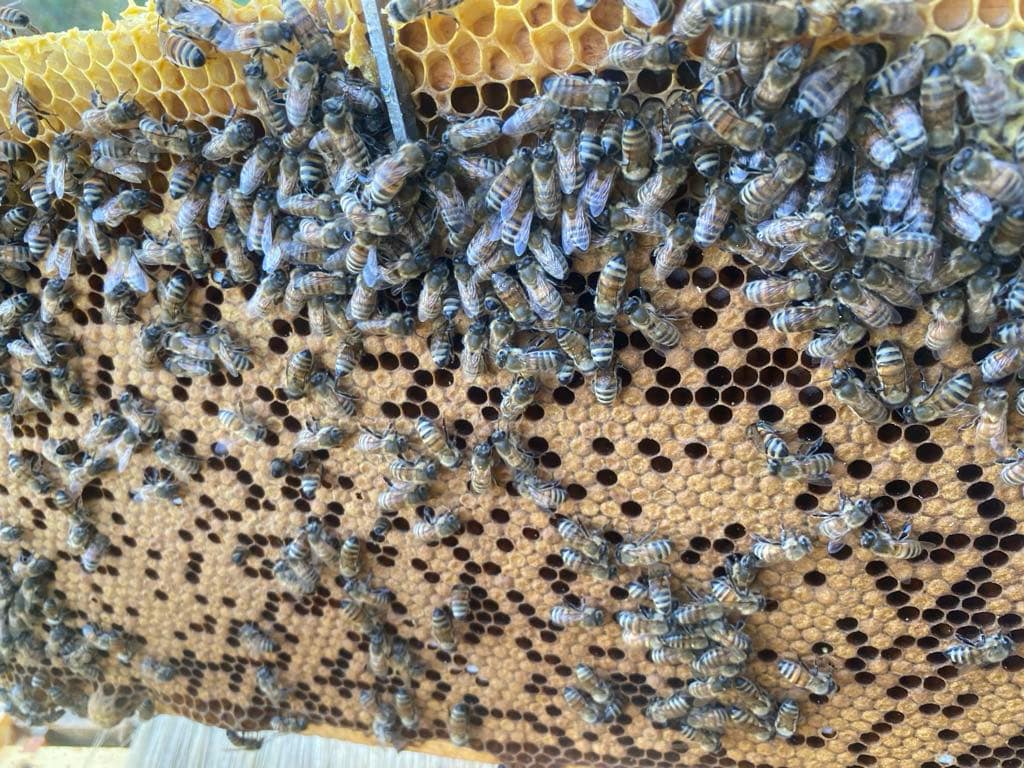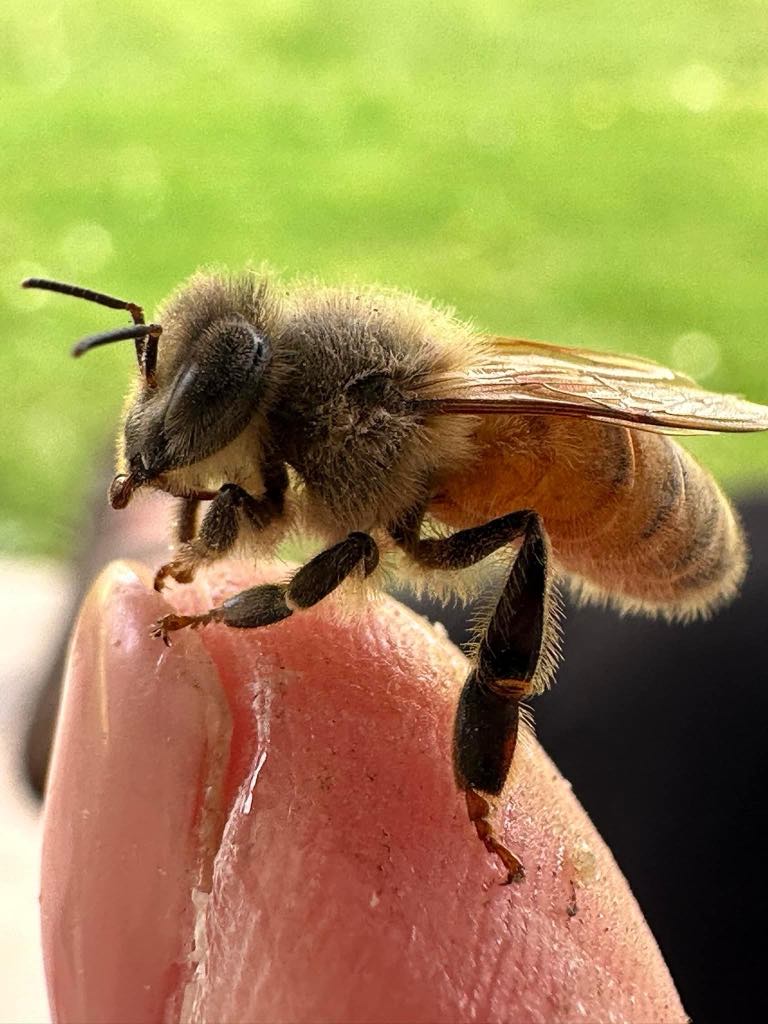
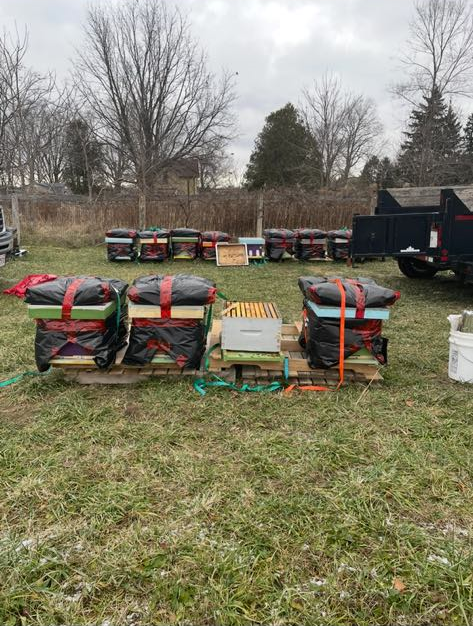
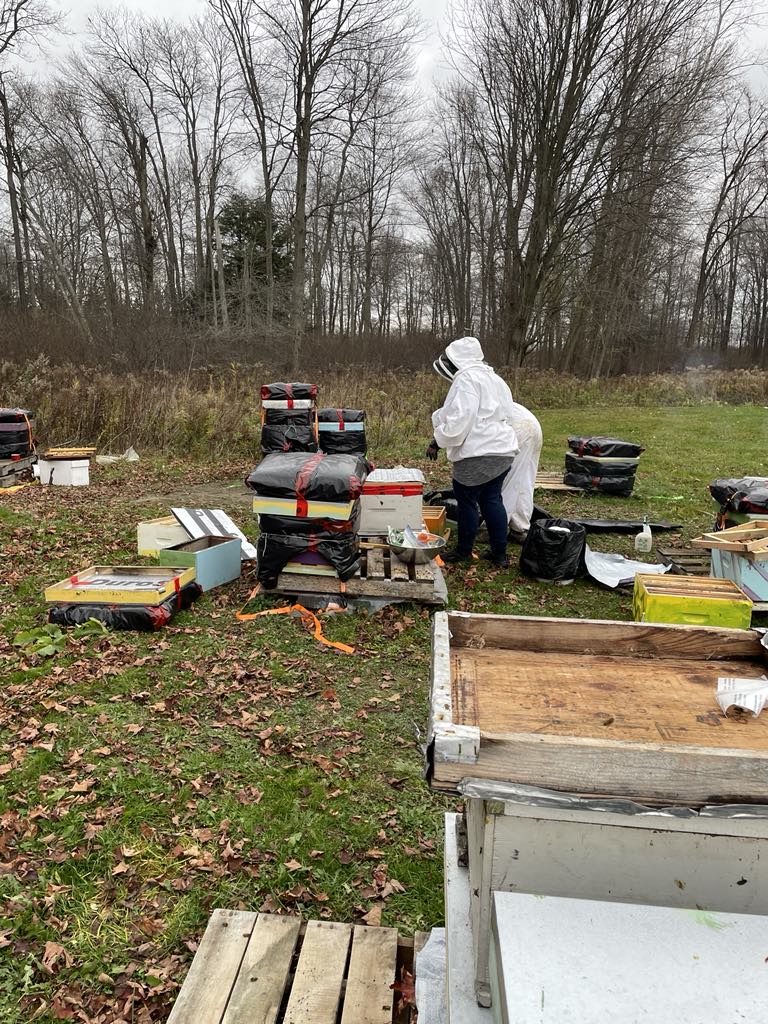
The learning curve may be a steady increase, but the results are flexible until you start experimenting and keeping data so that you can find out a solid, repeatable, method that produces the same results.
We learned the hard way that there are a lot of factors which go into your choice of overwintering. Summary of our overwintering journey.
Average 10 – 50% survival rate till 2022. Our new goal that we are proactively striving for is 80% survival rate.
2014 – 2017
We overwintered using a wind break and Wellington Wraps. Some of the strongest hives survived, hives were slow to increase in the spring. At this stage of the game we did what most people did, wrapped our hives in early October and forgot about the bees until we opened them the first week in May. Of course, we were disappointed most years.
2018 and 2019 John could not get till the end of June, Early July and they never built up enough by the end of the year.
2017 – 30 hives, took our first mini pollination job.
2020
Started to overwinter doubles so the bees had more food. Wrapped earlier in the fall. Still had a wind break. This was a bad year for everyone.
2022
John had built up to 30 hives, through splits and allowing them to requeen themselves. Started feeding in March. Treated the bees heavily in the fall and did see improvement in the colony size to about 5 – 7 frames of bees consistently through most of the hives. This is the year we started to feed in March.
The first year we wrapped hives in foam insulation. (did not know about dew point)
Noticed that hives which were touching each other had better survival. Started focusing on resistant and hygienic bees, if 100% of the blame fell on Varroa Mite Infestation.
“I very much underestimated the expense to the bees that the mites were causing. I treated mid summer at the recommendation of people around me, but that was not enough. I anticipated mite problems and tried to do better, following other people’s recommendations, but learned afterwards that we were 3 weeks late and the mite damage was already done,” John.
2023
Started exploring overwintering in Double Nuc hives. Results were better than overwintering doubles. Oxy Vap through winter on warm days. Survival improved on hives that also had a strong wind break.
Learned that Knowledge is power and the knowledge is out there, and it is free, for anyone who is interested in digging it out! This changed everything. This put us on the path for pro active, not reactive beekeeping.
2024
Switched to condensing hives, oxy vaped through the fall, fed through the fall. Average hive had 10 frames of bees late October, and about 7 frames in mid November when we wrapped.
It took a long time to learn because our location doesn’t fit any local beekeeper’s methods. We have damp, southern winds starting in March that are strong enough to blow the tops off hives.
What We Learned
It takes a long time to learn how to keep bees, well. Most people quit about year 3, just before their experience starts helping them find patterns. We have also been guilty of believing that ‘my good enough is good enough.’
Over the last couple of days John and I sat and talked about the things we did wrong, the lessons we learned, and the things we wish we knew a few years ago. Here is just a quick list of the topics. I will write more on these topics later.
- We did not put enough insulation on the top of the hive to prevent the condensation from gathering on the inner cover and lid. (Dew Point)
- We added something to absorb the water inside the hive, reducing the water the bees had to drink.
- Gave the bees too much area so they could not warm the honey, and subsequently starved while there was a lot of honey in the hive.
- Not realizing that the queen only lays in warm cells, if there are enough bees to warm the comb, she cannot lay. She starts to lay in January, but only if there are enough bees to keep the comb warm.
- Most bees starve in March, according to anecdotal evidence from commercial beekeepers. We didn’t know this the first few years.
- Varroa Mites can still increase in the winter, but there are less bees for them to feed on, so there is (hypothetically) more damage done to the bees. Now we treat later in the fall, oxy vap a couple times in the winter, and start treating earlier in the spring. (“Treating is a year-round activity,” John)
- “It’s all about heat.’ But, keeping the bees warm is only half of the equation.
- We unwrapped our bees too early, making it harder for the queen to build up the hive in the spring, especially if she is a weaker queen.
- Wind is a killer. On the North Shore of Lake Erie there is a constant, relentless wind. We put up a plywood wall to break the wind.
- It matters when you get your bees in the year.
- Hygienic behavior matters.
- Learn from people in your environment, and your growing zone. Also, learn from people who are successful.
- Brother Adams of Buckfast Abby’s information is still relevant.
- “There is a lot more bad advice out there than good. There are so many misconceptions about bees, and beekeeping, and so many beekeepers continue the mistakes because that is what they were shown to do, and wonder why they don’t get better results.
- Data! Keep track of your hives, what was the weather like, what was blooming. Just because Maple went into Bud providing the bees with their first food this year doesn’t mean that it will be the same next year. The Timing is more important than the date. Anticipate your flows, and work with them.
- When you anticipate your flows and you know that a certain flower is going to bloom in 2 weeks, make sure you have boxes ready now. Do not wait until the flow starts to put your boxes on. They will fill up what they have, and swarm, and be gone.
- When the queen cells are capped, the queen is already gone. In many cases she leaves before the cells are capped. Do not kill all the cells, or you kill your hive.
- Learn the difference between a supersedure cell and an emergency cell. When the hive has emergency cells, the queen is gone.
- Do not be afraid to split. You can, almost always, safely make any split pre solstice. If you make splits to stop a swarm post solstice, those bees are only being grown as resource hives, to build your other hives up for the winter.
- Always have more boxes and drawn comb than you think you need.
- Pre Summer solstice you can get away with almost anything and your hive will survive. Not true post solstice.
- Your bees need food in the dearth.
- Queens have limited eggs. Most queens only lay well for 1-1.5 years.
- Double nucs work as Brood factories or resource hives.
- Model your beekeeping methods after a successful, commercial beekeeper in your area, not your friends.
- Cold bees use more resources to stay warm. Warm bees use very little resources.
- Buy bees from the same growing zone.
- You can make your own queens and, they are often better bred and bigger/stronger than those you buy. It is really easy to have enough queens if you only have a couple of hives.
- We both agree we should have studied bee biology first. Nothing makes sense until you understand the bee from the inside out.
- Open comb does not offer any insulation value. The hive needs to be full of honey going into December, not October.
- Bees know how to identify inbred larva and will remove it. This is often confused with hygienic behavior when it is really a mark of a poorly bred queen.
- Bees kill wasps by radiating heat through their head to heat the hive in the winter, heating a larva, or killing a wasp.
- A bee will go into a chill coma if they get too cold. If they cannot warm honey then they will not be able to eat it. Queens only lay larva in comb that has been warmed. A bee cannot eat when they are too cold.
Post tags :
Share :
Latest Post

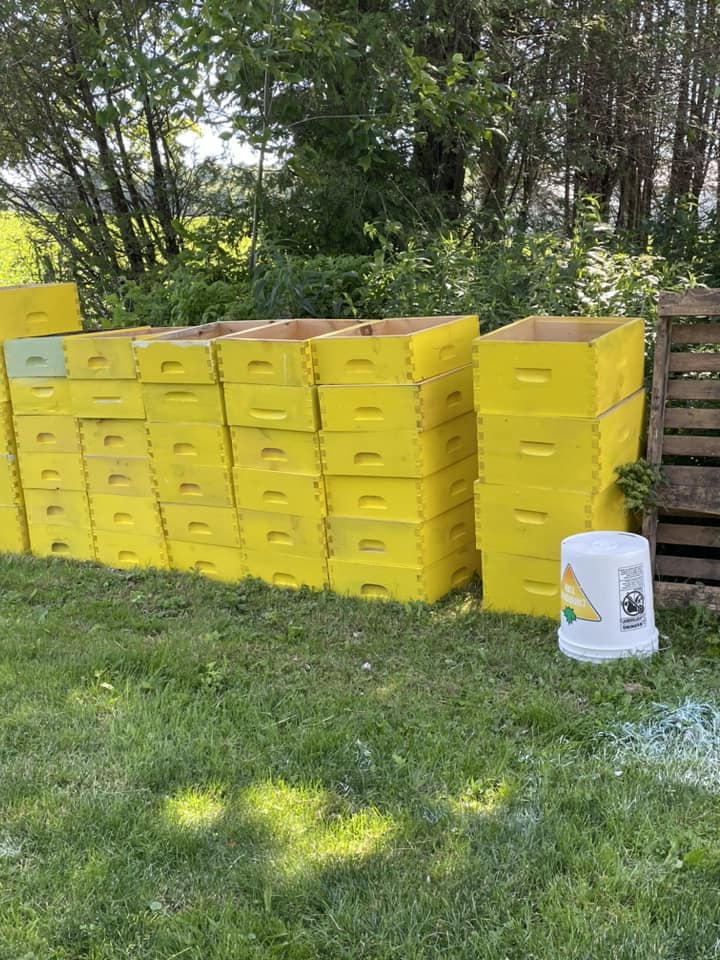
The Investment in Bees – Time and Money
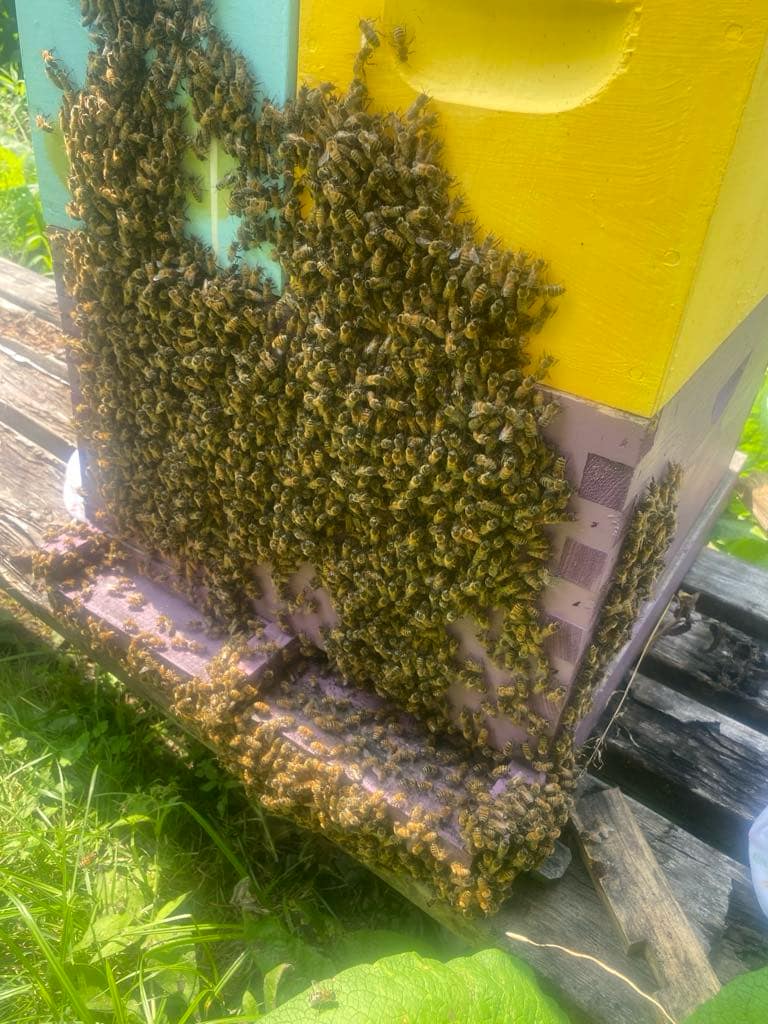
How to Test for Varroa Destructor Mite
